Fun Kindergarten Pattern Worksheets
Are you looking for engaging and educational resources to help your kindergarten students develop their pattern recognition skills? Look no further! Our fun kindergarten pattern worksheets are designed to captivate young learners while providing a solid understanding of patterns. With a focus on entities and subjects that are familiar to children, these worksheets are perfect for introducing and reinforcing the concept of patterns in a playful and meaningful way.
Table of Images 👆
More Other Worksheets
Kindergarten Worksheet My RoomSpanish Verb Worksheets
Cooking Vocabulary Worksheet
DNA Code Worksheet
Meiosis Worksheet Answer Key
Art Handouts and Worksheets
7 Elements of Art Worksheets
What is a pattern?
A pattern is a recurring design, shape, or arrangement that appears in various forms across different objects or contexts. It is a regularity or repetition that can be identified and used to predict or understand future occurrences based on past observations. Patterns can exist in nature, mathematics, art, language, and many other disciplines, providing a sense of order and structure to the world around us.
How do patterns help with cognitive development?
Patterns help with cognitive development by fostering important cognitive processes such as critical thinking, problem-solving, and memory. By recognizing and understanding patterns, individuals learn to predict outcomes, make connections between information, and develop logical reasoning skills. This enhances their ability to organize information, make sense of complex data, and approach challenges in a systematic and structured way, ultimately leading to improved cognitive function and greater proficiency in various mental tasks.
What are some common types of patterns studied in kindergarten?
In kindergarten, common types of patterns studied include simple AB patterns (such as red-blue-red-blue), ABC patterns (like circle-triangle-square-circle), color patterns, shape patterns, and number patterns. These patterns help children develop their skills in recognizing, creating, and extending patterns, which are important for early math and cognitive development.
Why are pattern worksheets important in kindergarten curriculum?
Pattern worksheets are important in the kindergarten curriculum because they help develop crucial cognitive skills such as critical thinking, problem-solving, and observation skills. By engaging with patterns, students learn to recognize, create, extend, and translate patterns, which are foundational for understanding mathematical concepts and relationships. Moreover, working on pattern worksheets promotes creativity, concentration, and sequential thinking, all of which are essential for overall cognitive development in young children.
How do pattern worksheets help children with critical thinking skills?
Pattern worksheets help children develop critical thinking skills by requiring them to identify and analyze the relationships and sequences within patterns. By recognizing and extending patterns, children are challenged to think logically, make predictions, and problem-solve. This process fosters their ability to observe, infer, and apply reasoning, ultimately enhancing their critical thinking abilities.
Can pattern worksheets be used to teach other concepts besides math?
Yes, pattern worksheets can be used to teach various concepts besides mathematics. For instance, they can be used in language arts to teach grammar rules or sentence structure, in music to teach rhythm or musical patterns, in science to demonstrate the scientific method or data patterns, and in art to explore design patterns or color schemes. The versatility of pattern worksheets makes them a valuable tool for teaching a wide range of subjects and fostering critical thinking skills across disciplines.
What are some examples of pattern worksheets used in a kindergarten classroom?
Pattern worksheets used in a kindergarten classroom may include activities such as coloring or drawing to complete patterns (e.g. ABAB, AABAAB), matching objects to continue a pattern sequence, cutting and pasting to create a pattern, or circling the object that doesn't belong in a pattern sequence. These worksheets help children develop their understanding of patterns, sequences, and basic math skills.
How do pattern worksheets encourage creativity in young children?
Pattern worksheets encourage creativity in young children by allowing them to manipulate and create different sequences of shapes, colors, or objects. This process of identifying, completing, or creating patterns helps develop critical thinking skills, problem-solving abilities, and promotes cognitive development. By engaging with pattern worksheets, children can explore their creativity, make connections, and express themselves through unique and imaginative designs, fostering a sense of accomplishment and self-expression.
How can pattern worksheets be adapted for different skill levels in kindergarten?
Pattern worksheets can be adapted for different skill levels in kindergarten by varying the complexity of the patterns, using different types of patterns (e.g., AB, AABB, ABC), providing visual cues or hints, offering smaller or larger sets of objects to work with, introducing three-dimensional objects for students to pattern with, incorporating colors or shapes, allowing for more guided practice with examples before independent work, and providing opportunities for students to create their own patterns once they have mastered the basics.
How do pattern worksheets promote problem-solving skills in kindergarten students?
Pattern worksheets promote problem-solving skills in kindergarten students by challenging them to identify and extend patterns, thus encouraging them to think critically and logically. Through these activities, students learn to analyze, predict, and replicate patterns, which fosters their ability to recognize relationships and make connections. By engaging with pattern worksheets, kindergarten students develop skills in reasoning, sequencing, and spatial awareness, all of which are fundamental for problem solving in mathematics and other subject areas.
Have something to share?
Who is Worksheeto?
At Worksheeto, we are committed to delivering an extensive and varied portfolio of superior quality worksheets, designed to address the educational demands of students, educators, and parents.

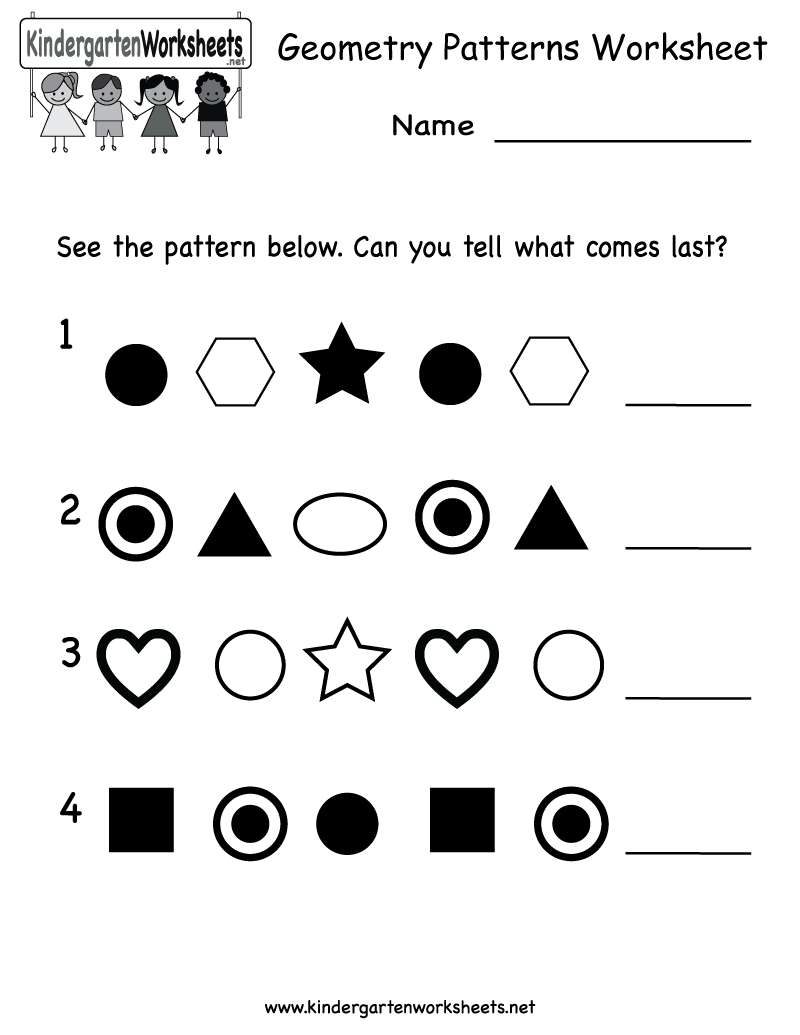



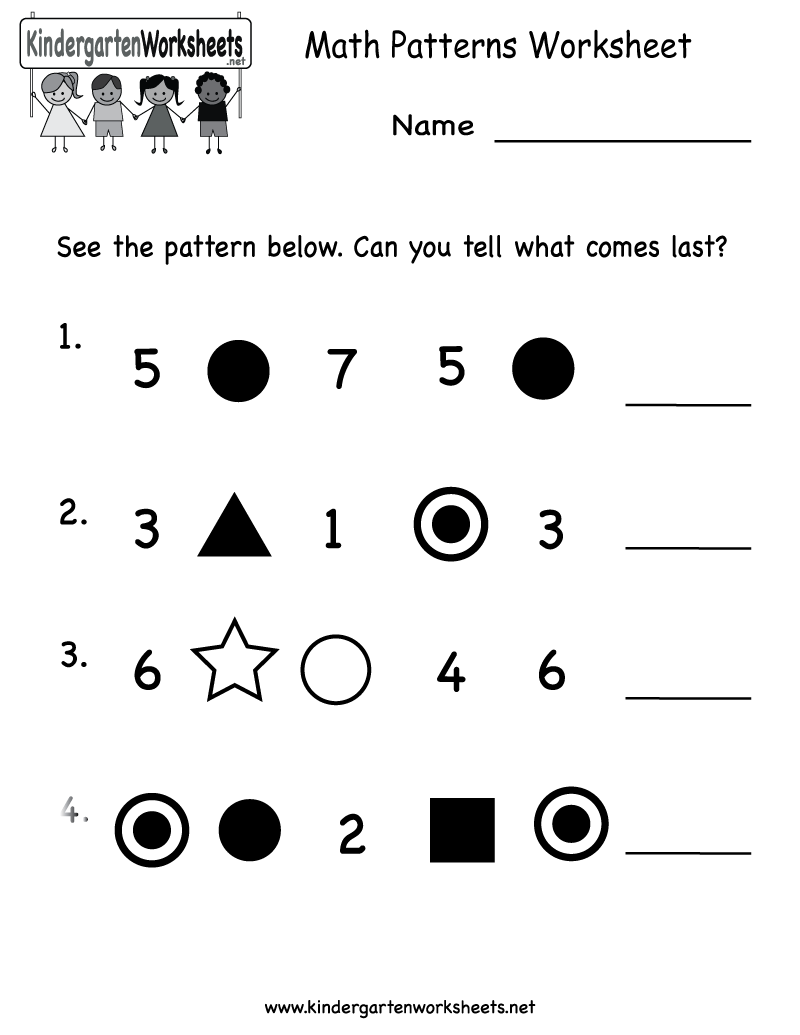
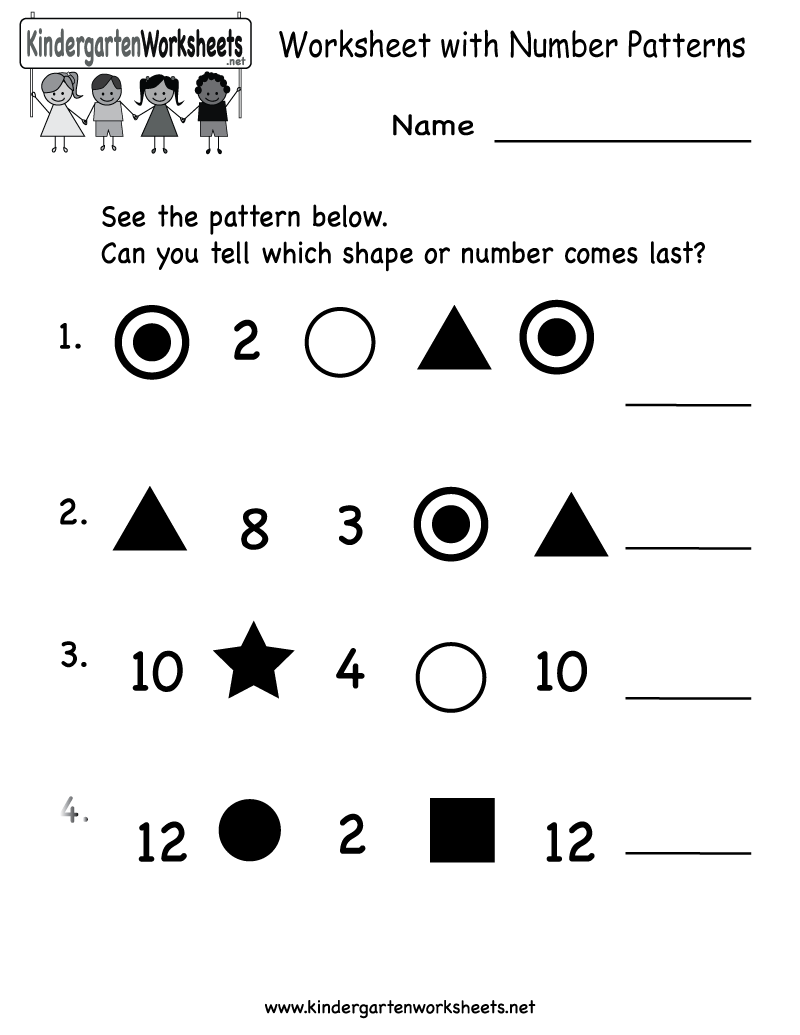
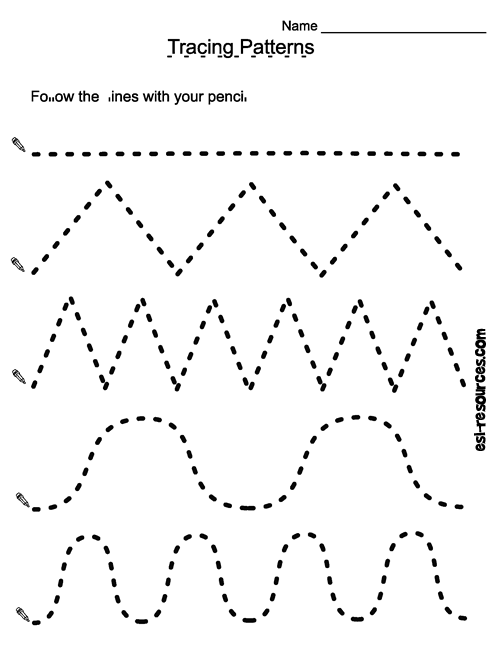
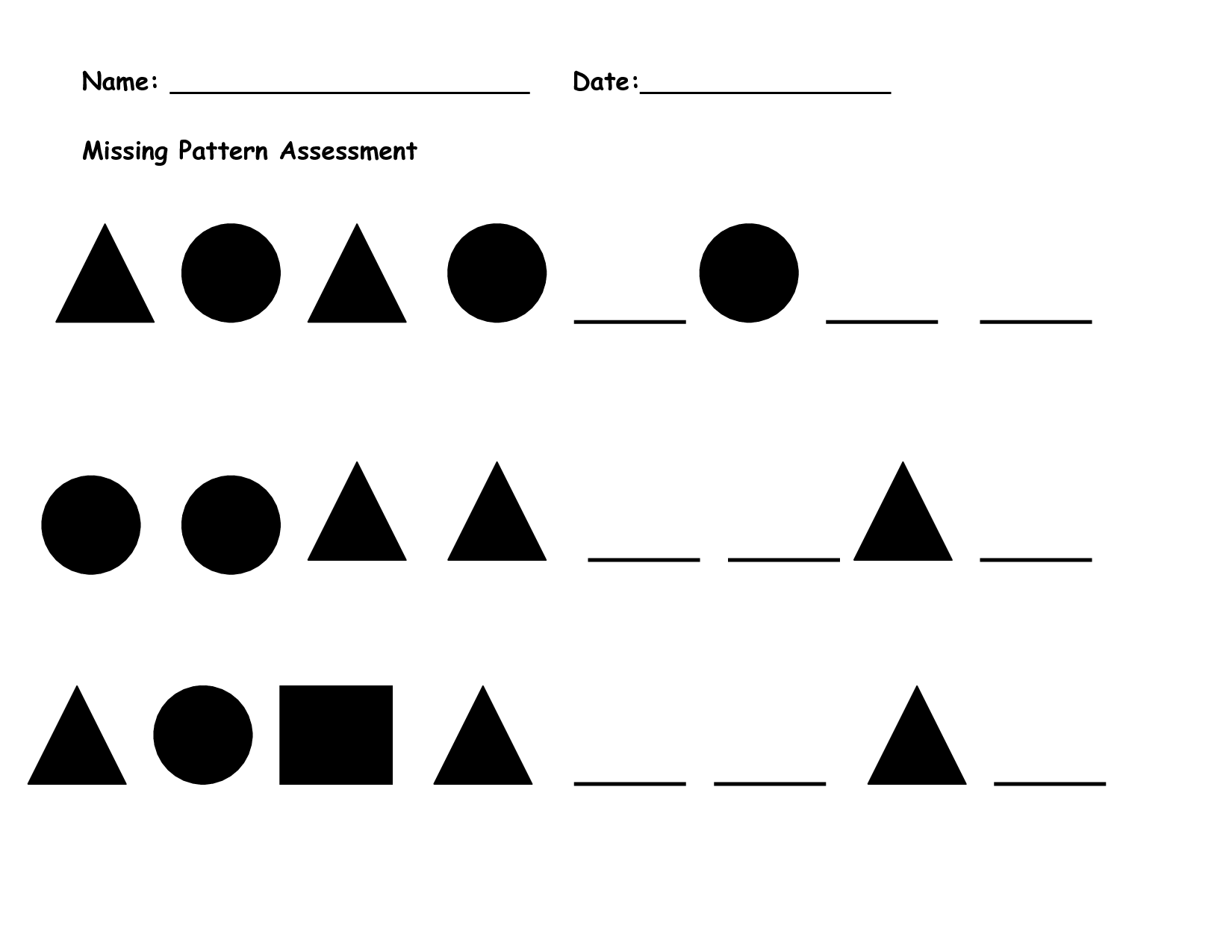
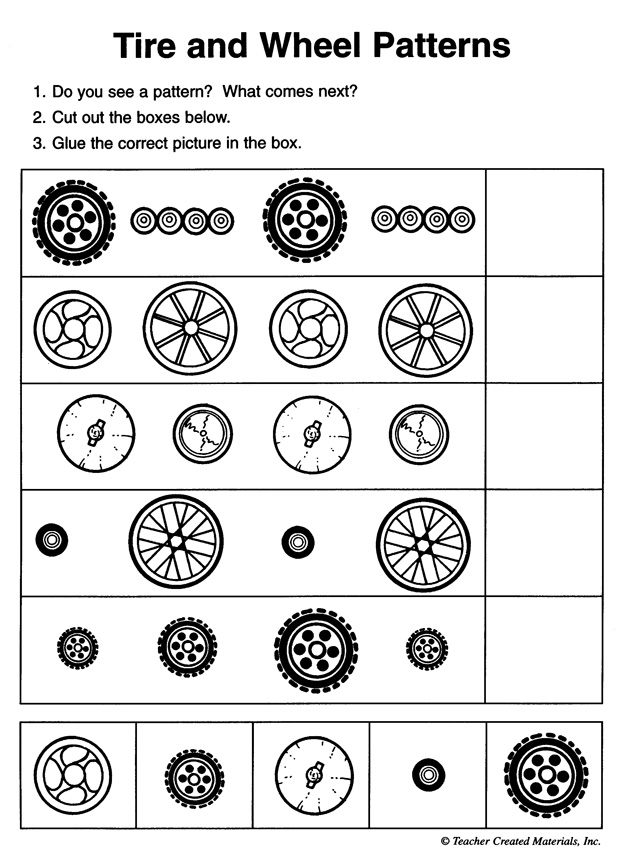

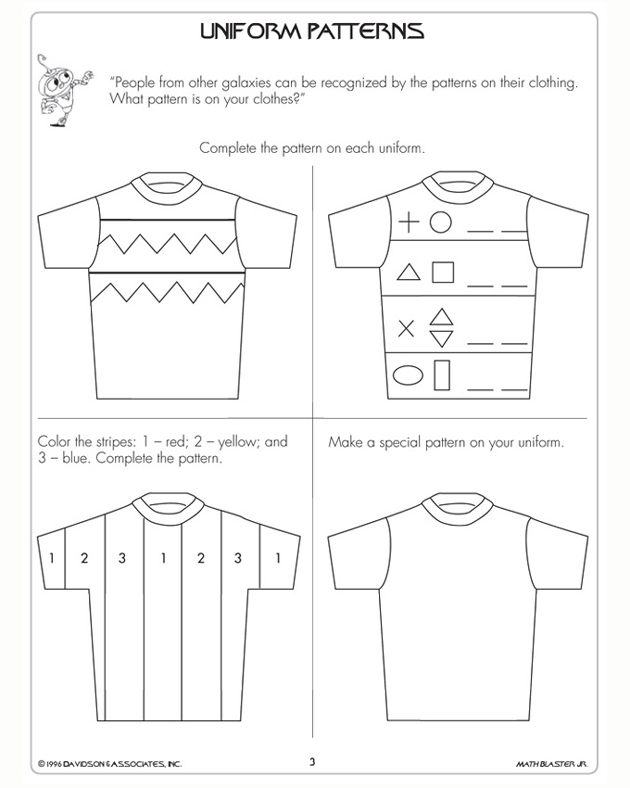
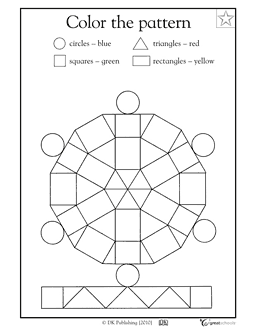













Comments